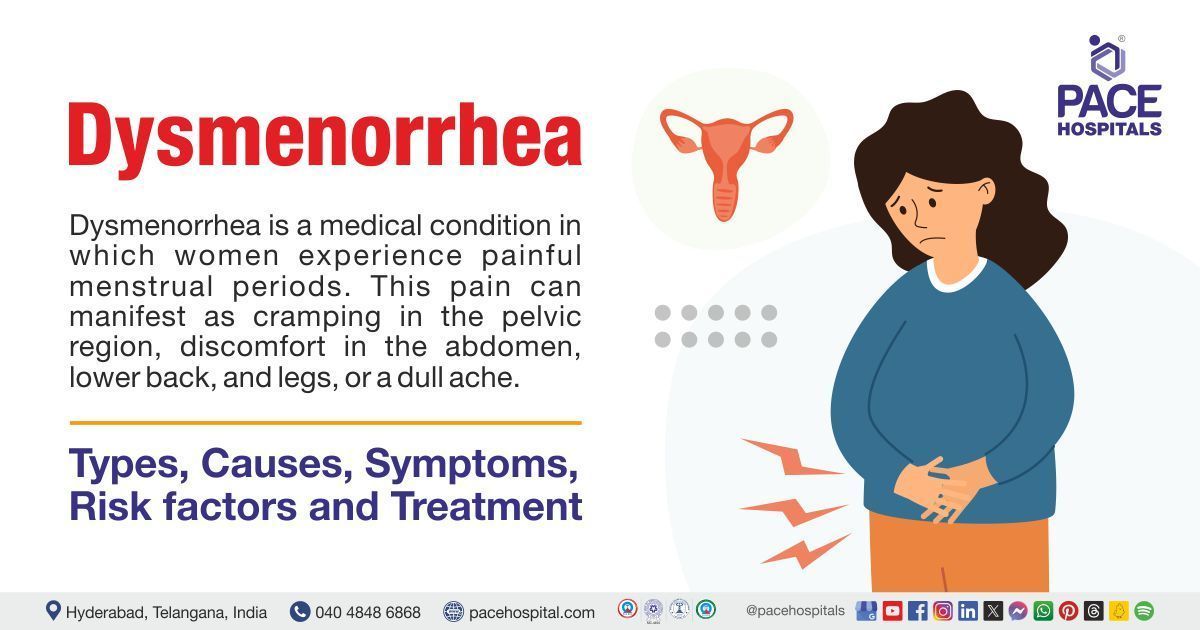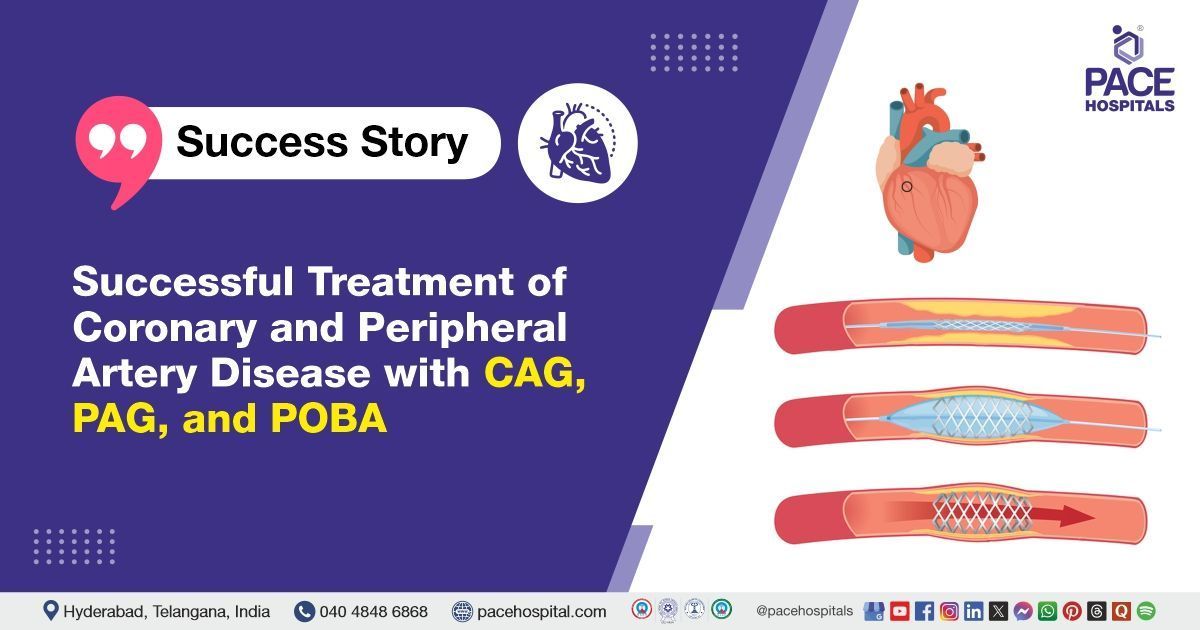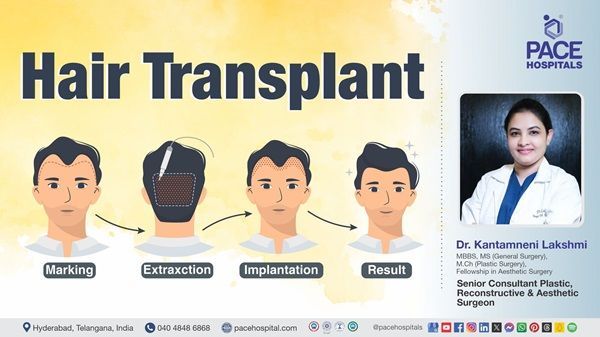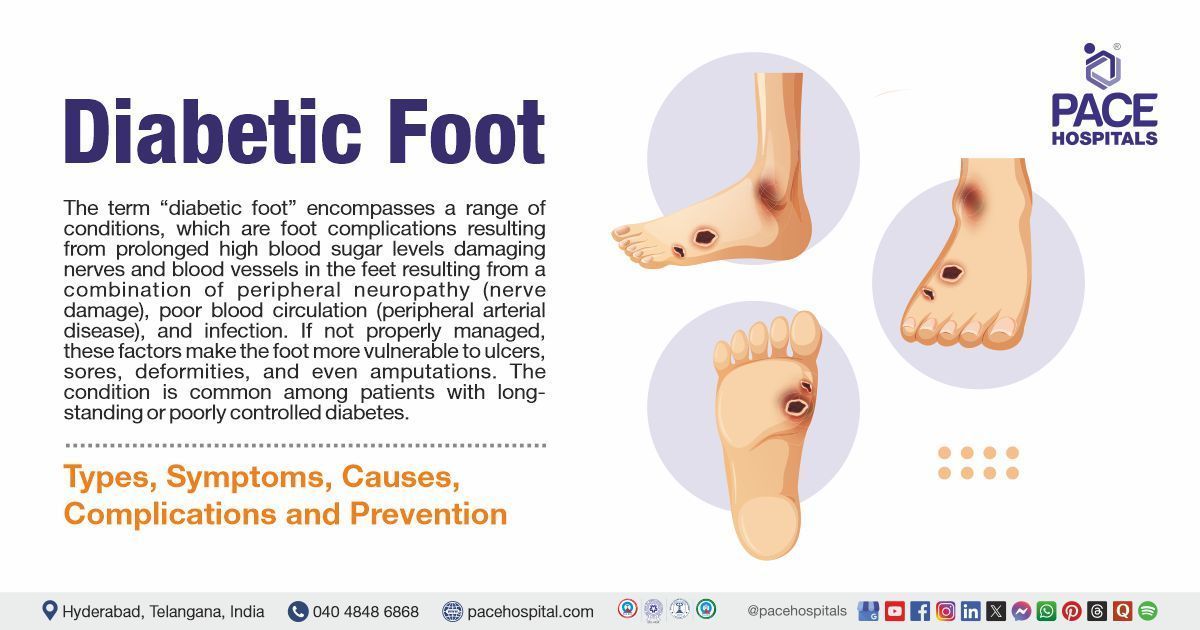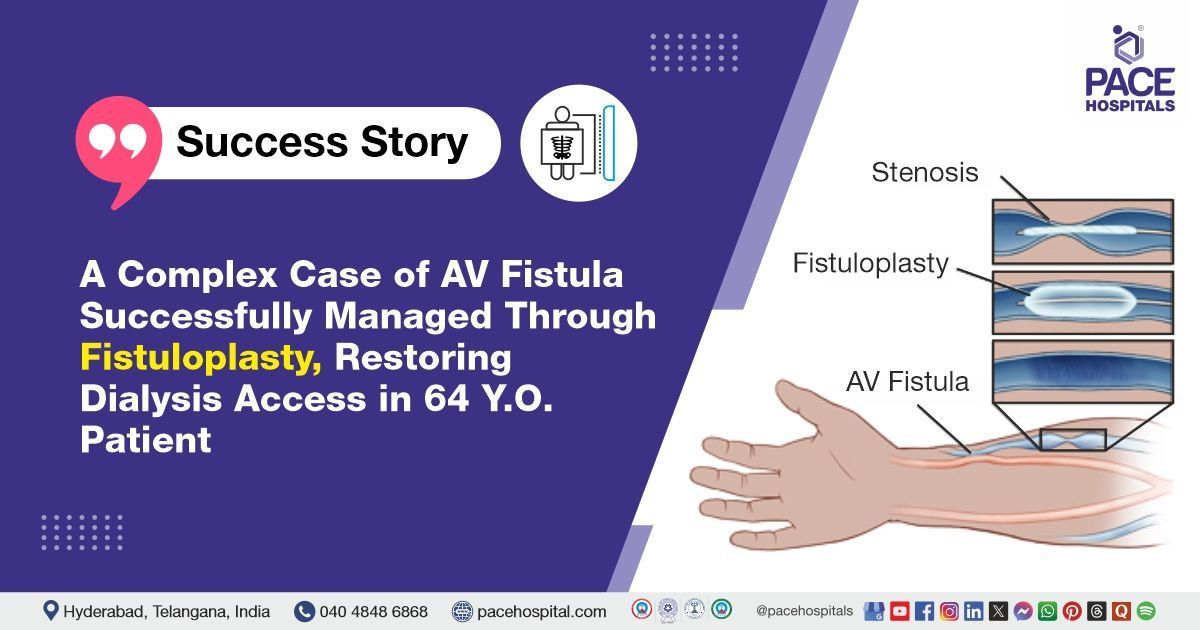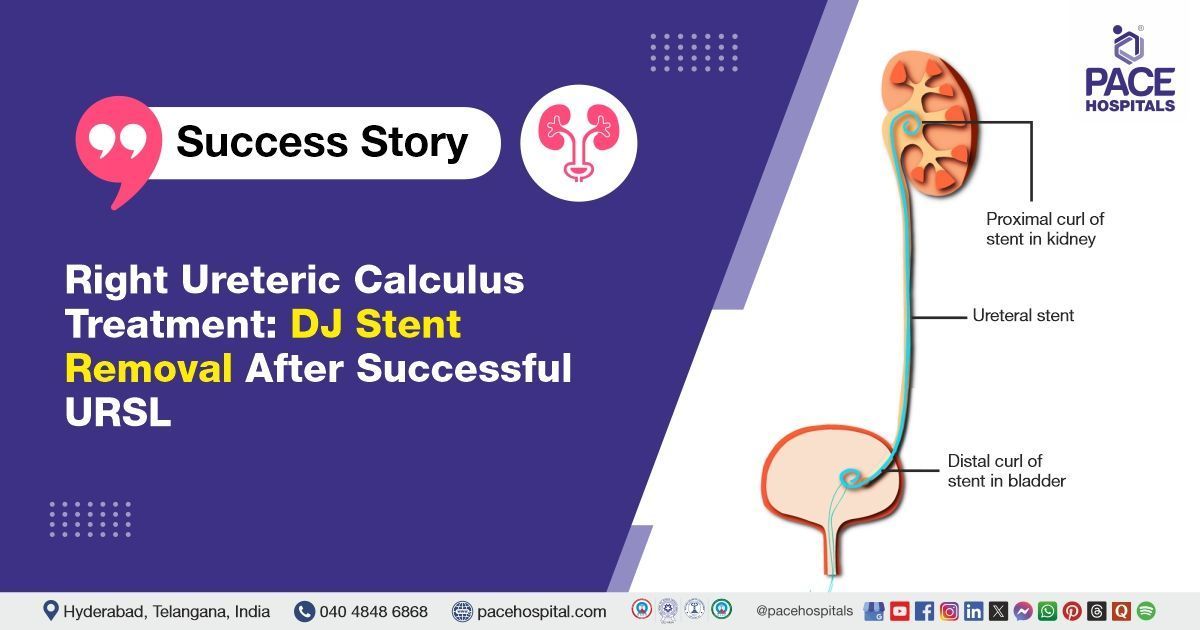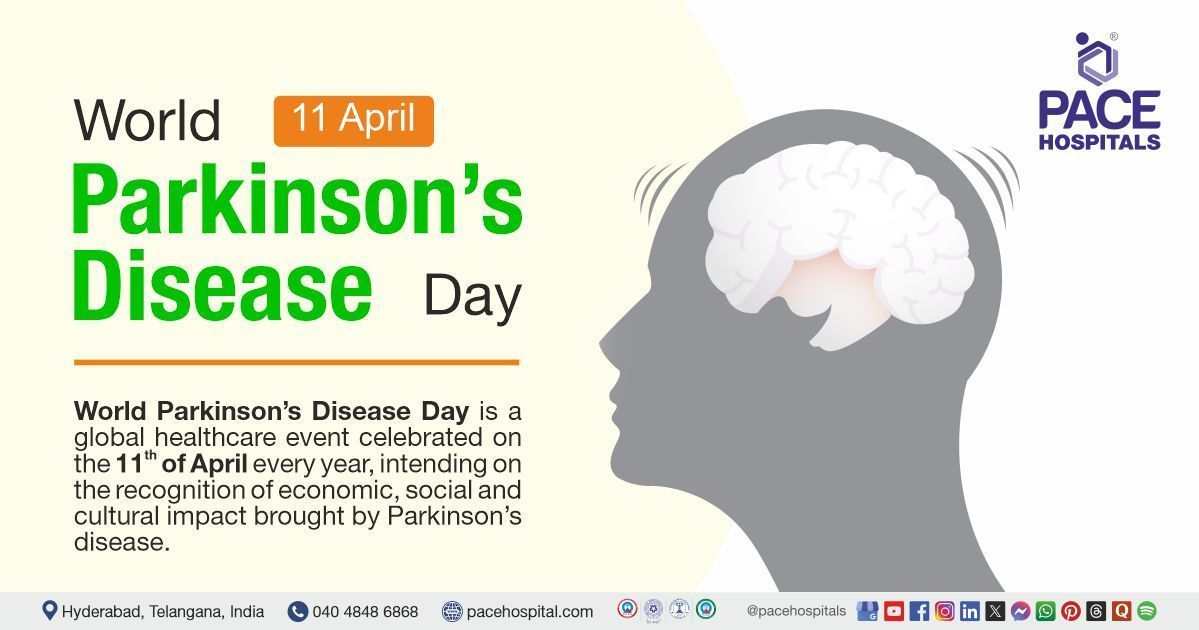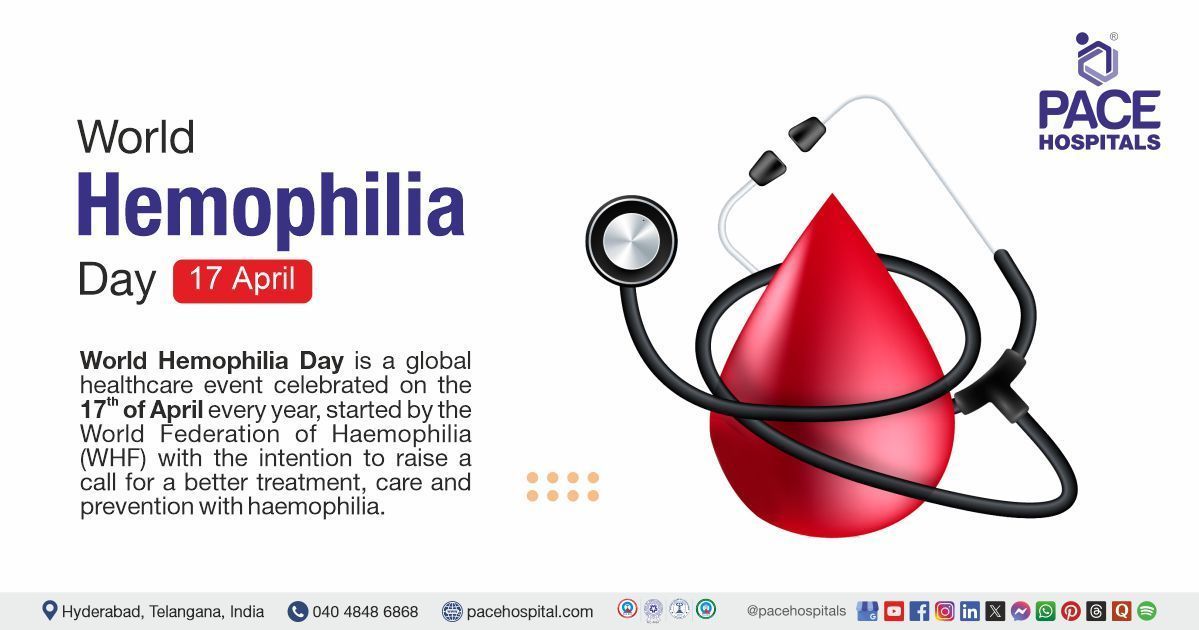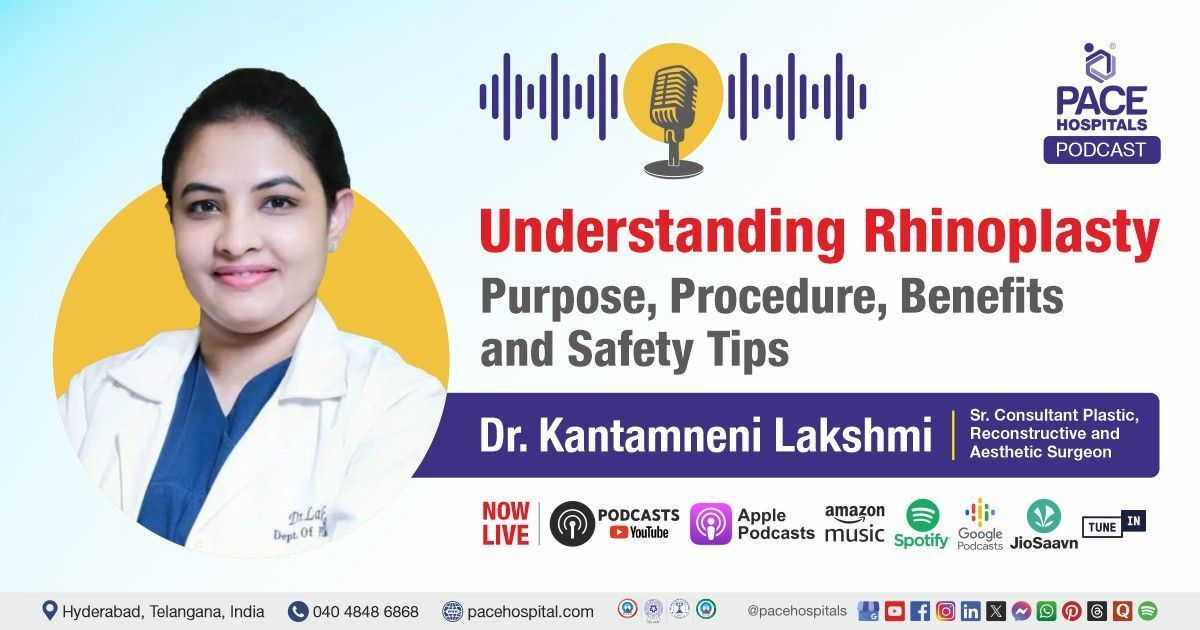Dysmenorrhea - Types, Causes, Symptoms, Risk factors and Prevention
Dysmenorrhea Definition
Dysmenorrhoea is a gynaecological medical condition in which women experience painful menstrual periods. This pain can manifest as cramping in the pelvic region, discomfort in the abdomen, lower back, and legs, or a dull ache.
During menstruation, the uterus muscles contract strongly, causing pain. Some level of pain during menstruation is normal. However, some women may experience painful periods due to higher levels of natural chemicals, leading to contractions of the uterus, bowel, and blood vessels.
Period pain is considered normal if it occurs one to two days before or at the start of the period and lasts up to three days. Using pain-relief medication can help in reducing the pain. However, if period pain interferes with daily life, it's essential to consult a
gynaecologist.
Dysmenorrhea Meaning
- Dysmenorrhoea originates from the Greek words 'dys', which means difficult, painful, or abnormal.
- 'meno', which means month, and
- 'rrhea', which means flow.
Prevalence of Dysmenorrhea
According to a study report from the National Library of Medicine, nearly 70.2% of women may experience dysmenorrhea at least once in their lifetime. The majority of the women typically experience pain for 1-2 days during menstruation, while 23.2% experience pain for 2-3 days.
A recent comprehensive analysis of global literature on chronic pelvic pain reveals that the occurrence of dysmenorrhea varies widely, ranging from 17% to 80%.
The prevalence of primary dysmenorrhea (PD) worldwide varies widely, ranging from 45% to 95% in females of reproductive age. Additionally, 2% to 29% of these individuals experience severe pain.
Types of Dysmenorrhea
Types of dysmenorrhea can be classified into two types based on its pathophysiology, which includes:
- Primary dysmenorrhea
- Secondary dysmenorrhea
Primary dysmenorrhea: It is a condition characterized by repetitive lower abdominal pain during the menstrual cycle without any association with other diseases or underlying pathology. It usually begins in adolescence, which is 6 to 24 months after menarche. It follows a clear cyclic pattern, with severe pain during the first day of menses, lasting up to 72 hours.
Secondary dysmenorrhea: It refers to menstrual cramps or menstrual pain stemming from an underlying disease, disorder, or structural abnormality within or outside the uterus. It can manifest in women at any point after menarche and may emerge as a new symptom for females in their 30s or 40s.
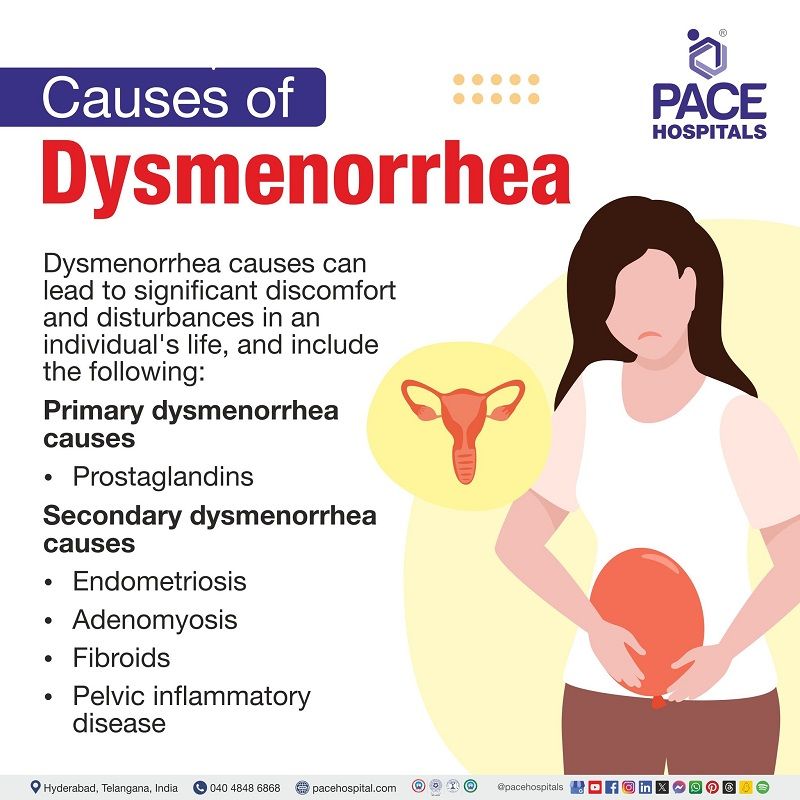
Dysmenorrhea causes
Dysmenorrhea can cause significant discomfort and disturbances in an individual's life and include the following:
Primary dysmenorrhea causes
The exact reason for primary dysmenorrhea is idiopathic (not known). However, some studies believe that the following are some of the causes of dysmenorrhea:
Prostaglandins:
- The inner lining of the uterus produces heightened levels of prostaglandins, a type of hormone-like substance.
- These prostaglandins induce pain by intensifying muscular uterine contractions and increasing pressure within the uterus.
- Additionally, insufficient blood flow, ischemia, oxygen deprivation, and by-products of anaerobic metabolism may also contribute to the experience of pain.
Secondary dysmenorrhea causes
The most frequent causes for secondary dysmenorrhea in women before menopause include:
- Endometriosis: Endometriosis is a gynaecological condition characterized by the growth of cells resembling those that line the uterus in other parts of the body. These cells often develop around the ovaries and at the back of the uterus. While some women experience mild pain during menstruation, others may endure severe pain throughout their entire menstrual cycle.
- Adenomyosis: Adenomyosis is a health issue where the endometrial tissue grows abnormally into the muscular uterine wall. This irregular growth typically causes severe menstrual cramps and heavy, prolonged menstrual bleeding.
- Fibroids: Fibroids are benign growths located in the muscular wall of the uterus. Some women with fibroids may suffer from painful menstrual periods.
- Pelvic inflammatory disease (PID): This is a medical illness that results in an infection in female reproductive organs causing menstrual pain, irregular discharge, fever, and discomfort during sexual activity.
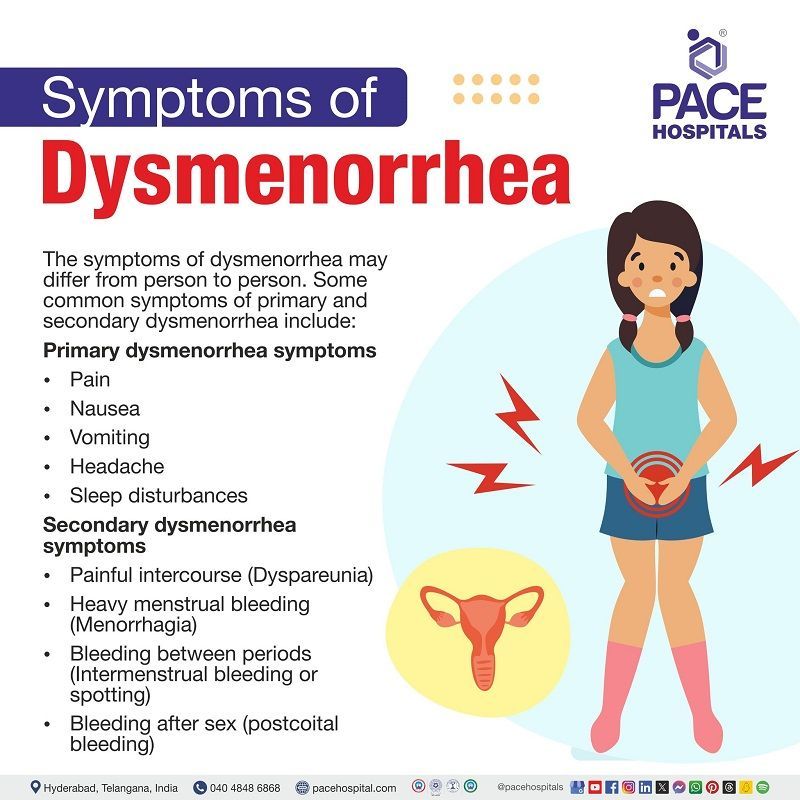
Dysmenorrhea symptoms
The symptoms of dysmenorrhea may differ from person to person. Some common symptoms of primary and secondary dysmenorrhea include:
Primary dysmenorrhea symptoms
Pain: The pain in the pelvic area and may spread to the lower back or upper legs. It may feel crampy and come and go, similar to each menstrual cycle.
In addition to pain, some women may experience other symptoms including:
- Nausea: Some individuals may be more sensitive to pain and hormonal changes during menstruation, which can exacerbate both dysmenorrhea and associated nausea.
- Vomiting: The body releases prostaglandins during menstruation, which are responsible for uterine contractions. High prostaglandin levels may cause vomiting.
- Headaches: Significant hormonal changes, including variations in oestrogen and progesterone levels, occur just before and during menstruation. In some individuals, these hormonal swings may cause headaches or migraines.
- Sleep disturbances: Fluctuations in hormones, particularly prostaglandins and other inflammatory substances released during menstruation, can affect sleep quality. These hormonal changes can lead to discomfort, restlessness, and difficulty in relaxing enough to sleep.
Secondary dysmenorrhea symptoms
Secondary dysmenorrhea can cause different levels of pain and in some cases other symptoms, such as
- Painful intercourse: The conditions of dysmenorrhea (painful menstrual cramps) and dyspareunia (pain during sexual intercourse) can have similar root causes. For example, pelvic inflammatory disease, endometriosis, fibroids, or pelvic floor disorders can lead to pelvic pain. These are the conditions that lead to menstrual cramps.
- Heavy menstrual bleeding: Patients with dysmenorrhea may experience heavy menstrual bleeding because passing large clots may cause painful cramps, and often frequently associated with menorrhagia (heavy menstrual bleeding)
- Bleeding between periods: Dysmenorrhea and bleeding between periods, also known as abnormal uterine bleeding (AUB), are linked to adenomyosis leading to period pain.
- Bleeding after sex: Postcoital bleeding, which is medically referred to as bleeding after sex, can be associated with conditions like vaginal infections and hormonal imbalance that can cause menstrual cramps.
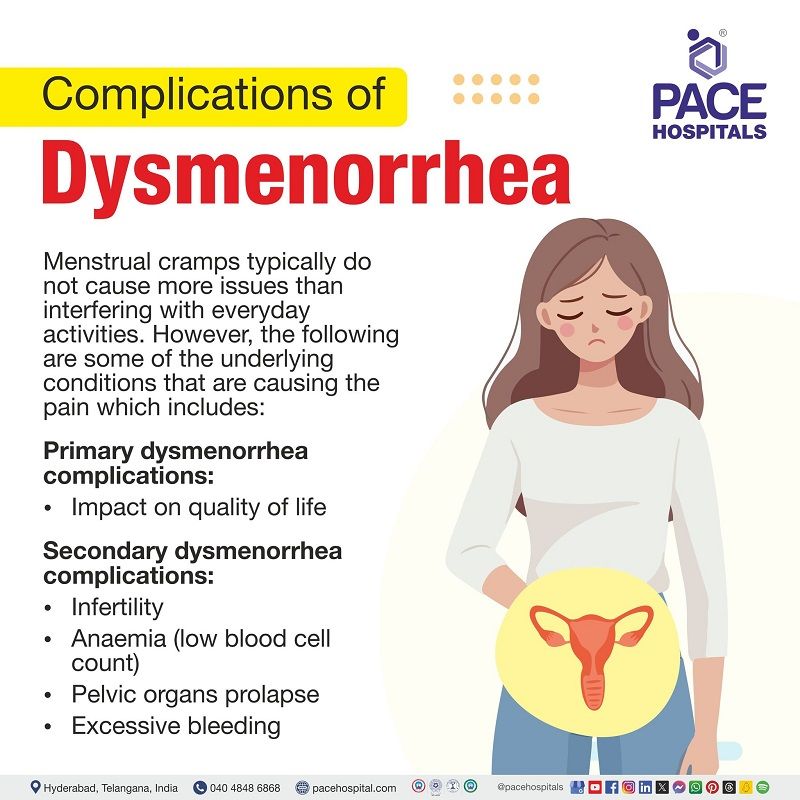
Complications of dysmenorrhea
Menstrual cramps typically do not cause more issues than interfering with everyday activities. However, the following are some of the underlying conditions that are causing the pain which include:
Primary dysmenorrhea complications
- Impact on quality of life: The consequences of primary dysmenorrhea revolve around the severity of the pain and its impact on the individual's life and ability to carry out daily tasks.
Because primary dysmenorrhea isn't associated with any underlying medical conditions, there are no recognized additional complications.
Secondary dysmenorrhea complications
In contrast, the complications of secondary dysmenorrhea are diverse and can have significant impacts depending on the underlying cause. These complications may include:
- Infertility: Endometriosis, a major contributor to secondary dysmenorrhea, causes painful menstrual periods, pelvic pain, and difficulty getting pregnant, leading to a significant decrease in the quality of life for women of reproductive age.
- Pelvic organs prolapse: It develops when the pelvic organs drop (prolapse) from their normal position.
- Anaemia (low blood cell count)
- Excessive bleeding
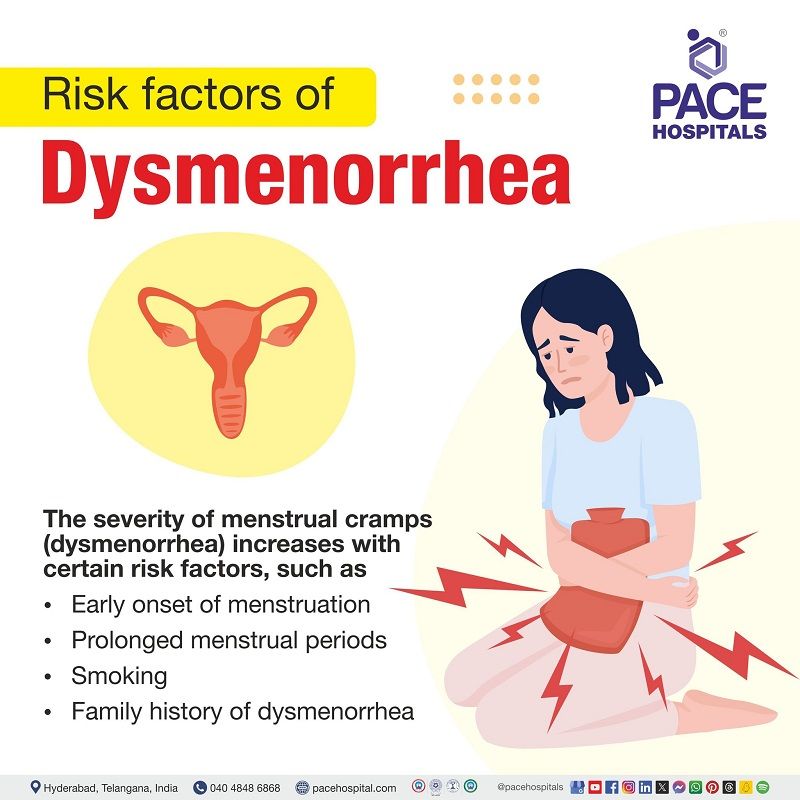
Dysmenorrhea risk factors
The severity of menstrual cramps (dysmenorrhea) increases with certain risk factors, such as
- Early onset of menstruation: Reaching puberty (menarche) at an early age is frequently linked to hormonal shifts that can impact the regularity of menstrual periods. These hormonal changes may play a role in the onset of painful menstruation, mainly if there are imbalances in oestrogen and progesterone levels.
- Prolonged menstrual periods: Prolonged menstrual bleeding itself is not a direct cause of dysmenorrhea; the underlying mechanisms and conditions, such as uterine fibroids, adenomyosis, or endometrial polyps, are associated with menorrhagia which can contribute to the severity of menstrual pain.
- Smoking: Cigarette smoking affects menstrual function. It is associated with decreased bleeding duration, and increased daily bleeding amount which leads to longer dysmenorrhea (menstrual cramps) duration.
- Family history of dysmenorrhea: Genetic factors play a role in the development of primary dysmenorrhea and can increase the likelihood of the condition in family members. Therefore, a positive family history can be a strong indicator of the occurrence of dysmenorrhea in offspring and siblings.
Dysmenorrhea Diagnosis
Dysmenorrhea diagnosis can be done by thoroughly understanding medical history, detailed physical examination and gathering information about the pain location, characteristics, duration, and any associated symptoms such as fatigue, headaches, diarrhoea, nausea, and vomiting is essential for making an accurate detection. The following are the diagnostic tests that can be used to identify dysmenorrhea:
Diagnosis of primary dysmenorrhea
In primary dysmenorrhea, healthcare providers typically observe unremarkable findings during physical examination. Upon pelvic examination, they usually find that the uterus is normal in size, non-sensitive, and mobile.
Diagnosis of secondary dysmenorrhea
- Ultrasound: Ultrasound can help differentiate the cause of secondary dysmenorrhea, including endometriosis, leiomyomas, Mullerian anomalies, and adenomyosis. It is preferred as an initial evaluation to identify the causes of secondary dysmenorrhea
- Pelvic examination: It is essential to conduct a pelvic exam for adolescents who have engaged in intercourse due to the increased risk of PID in this age group. For adolescents experiencing symptoms of primary dysmenorrhea who have not had vaginal intercourse, a pelvic exam is not necessary. However, if there are suspicions of endometriosis, pelvic exams can be recommended.
- Endocervical or vaginal swabs: Patients who may be susceptible to sexually transmitted infections (STIs) or in cases where pelvic inflammatory disease (PID) is suspected may require endocervical or vaginal swabs for diagnostic purposes.
- Magnetic resonance imaging (MRI): It can diagnose Müllerian anomalies, but it is not a cost-effective method for initial screening.
- Laparoscopy: It is commonly advised for women with secondary dysmenorrhea who are attempting to become pregnant. It is used to diagnose and treat potential endometriosis.
Dysmenorrhea Treatment
Dysmenorrhea treatment goal is to provide sufficient pain relief and enable women to carry out their daily activities. Both primary and secondary dysmenorrhea are initially approached with patient education, supportive therapy, and medical management. The treatment options include:
Conservative treatment:
- Nonsteroidal anti-inflammatory drugs (NSAIDs)
- Hormonal contraception
- Progestin-Only Contraception
- Calcium channel blockers
Surgical treatment:
- Endometrial ablation
- Hysterectomy
- Laparoscopy
Conservative treatment
- Nonsteroidal anti-inflammatory drugs (NSAIDs): The initial pharmacological approach for dysmenorrhea typically involves the use of nonsteroidal anti-inflammatory drugs (NSAIDs).
- NSAIDs work by inhibiting cyclooxygenase enzymes, which in turn prevents the production of prostaglandins.
- Hormonal contraception: Hormonal contraceptives, such as pills, patches, or vaginal rings containing oestrogen and progesterone, have been found to effectively reduce period pain.
- Progestin-Only Contraception: Contraception containing only progestin, such as pills, implants, IUDs, or injections, is mainly suitable for patients with secondary dysmenorrhea related to endometriosis. Progesterone functions by inducing thinning of the endometrial lining and preventing ovulation, leading to a decrease in the intensity of menstrual cramps and pain.
- Calcium channel blockers: Calcium channel blockers prevent uterine contractions and reduce pain caused by dysmenorrhea.
Surgical treatment
- Endometrial ablation: When standard treatments are not effective, women who have finished having children and have heavy periods may consider endometrial ablation as an option.
- Hysterectomy: This is the last choice for women who have not been cured with other treatment methods. The removal of the ovaries depends on various reasons, such as the cause of Dysmenorrhea (endometriosis, adenomyosis), age, and the need for future ovarian surgery.
- Laparoscopy: The aim of the surgery is to remove endometriotic implants. It is recommended to suppress any remaining or microscopic endometriosis after the surgery using progesterone alone or a combination of oral contraceptives.
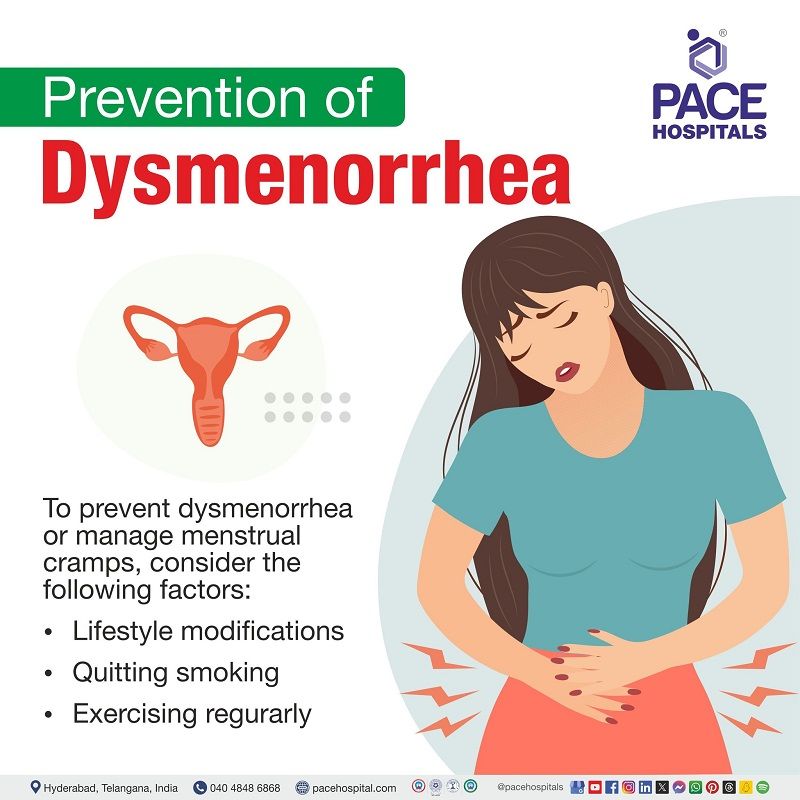
Dysmenorrhea prevention
To prevent dysmenorrhea or manage menstrual cramps, consider the following factors:
- Lifestyle: Making lifestyle changes can help prevent menstrual cramps
- Smoking: Smoking cessation is essential because it can increase the risk of dysmenorrhea.
- Exercise: Exercising has been shown to help in managing dysmenorrhea symptoms
Frequently Asked Questions (FAQs) on Dysmenorrhea
Why menstrual cramps occur?
Women experience painful periods (menstrual cramps) due to elevated levels of natural chemicals, such as prostaglandins, which are responsible for triggering contractions in the uterus, bowel, and blood vessels.
What to do for severe menstrual cramps?
The combination of a heat pack and a nonsteroidal anti-inflammatory drug provides the most significant pain relief for women. A study found that a heat wrap was better than an analgesic for pain relief over an eight-hour period.
What is the first line treatment for primary dysmenorrhea?
The first-line treatment for primary dysmenorrhea is nonsteroidal anti-inflammatory drugs. Another option for treating primary dysmenorrhea includes combination of oestrogen-progestin oral contraceptives with nonsteroidal anti-inflammatory drugs.
What sleeping position helps with cramps?
The foetal position is the best position to help with cramps, curling up in the foetal position while sleeping can help reduce pressure on the uterus and abdominal muscles, which in turn can lessen nighttime period pain.
How to assess for secondary dysmenorrhea?
The pain pattern seen in secondary dysmenorrhea is not limited to the beginning of menstruation. It also comes with symptoms like abdominal bloating, pelvic heaviness, and back pain. The pain gets worse during the luteal phase and peaks at the start of menstruation.
What is dysmenorrhea?
Dysmenorrhea refers to the painful cramps that occur during menstruation. The discomfort typically affects the lower abdomen and can pass to the inner thighs and lower back. This common gynaecological condition can significantly disrupt a women’s’ quality of life.
How to relieve menstrual cramps through home remedies?
Home remedies such as taking a warm bath or shower to relax, placing a heating pad on the stomach, considering a massage on the abdomen and back, and engaging in light exercises such as yoga, swimming, and walking can relieve menstrual cramps.
How to relieve from menstrual cramps?
Exercising regularly and taking certain medications (prescribed by a gynaecologist) can naturally alleviate menstrual discomfort by reducing pain and lowering inflammation. Using a heat pack on the abdomen and lower back can help relax muscles. These are some of the methods that helps to ease the menstrual pain.
At what age does period pain start?
Many young women experience primary dysmenorrhea soon after they start getting their periods. For most of them, the pain tends to decrease as they get older, and it may also improve after giving birth.
Can the IUD be used for painful periods?
Hormonal intrauterine devices (IUDs) can help with painful periods. They work by releasing progesterone, which thins the lining of the uterus. This can reduce cramps, make periods lighter and in some cases, stop periods.
What alternative treatments can be used to ease period pain?
The use of acupuncture (a method in which therapists insert thin needles into the body to address various health issues.), acupressure (applies pressure on specific areas of the body using hands or body parts), and nerve stimulation techniques such as (radiofrequency, transcutaneous tibial nerve stimulation (TTNS)) are beneficial in managing menstrual pain. Additionally, physical therapy targeting trigger points may also provide relief from pain.
Request an appointment
Fill in the appointment form or call us instantly to book a confirmed appointment with our super specialist at 04048486868
Appointment request - health articles
Thank you for contacting us. We will get back to you as soon as possible. Kindly save these contact details in your contacts to receive calls and messages:-
Appointment Desk: 04048486868
Whatsapp: 8977889778
Regards,
Pace Hospitals
Hitech City and Madinaguda
Hyderabad, Telangana, India.
Oops, there was an error sending your message. Please try again later. We will get back to you as soon as possible. Kindly save these contact details in your contacts to receive calls and messages:-
Appointment Desk: 04048486868
Whatsapp: 8977889778
Regards,
Pace Hospitals
Hitech City and Madinaguda
Hyderabad, Telangana, India.
Our Locations – Find the Best Hospital Near You
Metro Pillar Number C1772, Beside Avasa Hotel, Hitech City Road, Near HITEC City Metro Station, Hyderabad, Telangana, India.
Mythri Nagar, Beside South India Shopping Mall, Hafeezpet, Madeenaguda, Hyderabad, Telangana, India.
040 4848 6868
Payment in advance for treatment at PACE Hospitals, Hyderabad, Telangana, India (Pay in INR ₹)
For Bank Transfer:-
- Bank Name: HDFC
Company Name: Pace Hospitals
A/c No.50200028705218
IFSC Code: HDFC0000545 - Bank Name: STATE BANK OF INDIA
Company Name: Pace Hospitals
A/c No.62206858997
IFSC Code: SBIN0020299
Scan QR Code by Any Payment App (GPay, Paytm, Phonepe, BHIM, Bank Apps, Amazon, Airtel, Truecaller, Idea, Whatsapp etc).

CONTACT US
Call: +914048486868
WhatsApp: +918977889778
Email: info@pacehospitals.in
FOLLOW US
SUBSCRIBE
Subscribe to our newsletter and stay updated with the latest health information.
Subscribe to PACE Hospitals' Public Newsletter
Thank you for subscribing to PACE Hospitals' Newsletter. Stay updated with the latest health information.
Oops, there was an error. Please try again submitting your details.
ABOUT US
QUICK LINKS
Disclaimer
General information on healthcare issues is made available by PACE Hospitals through this website (www.pacehospital.com), as well as its other websites and branded social media pages. The text, videos, illustrations, photographs, quoted information, and other materials found on these websites (here by collectively referred to as "Content") are offered for informational purposes only and is neither exhaustive nor complete. Prior to forming a decision in regard to your health, consult your doctor or any another healthcare professional. PACE Hospitals does not have an obligation to update or modify the "Content" or to explain or resolve any inconsistencies therein.
The "Content" from the website of PACE Hospitals or from its branded social media pages might include any adult explicit "Content" which is deemed exclusively medical or health-related and not otherwise. Publishing material or making references to specific sources, such as to any particular therapies, goods, drugs, practises, doctors, nurses, other healthcare professionals, diagnoses or procedures is done purely for informational purposes and does not reflect any endorsement by PACE Hospitals – your trusted hospital near me.

